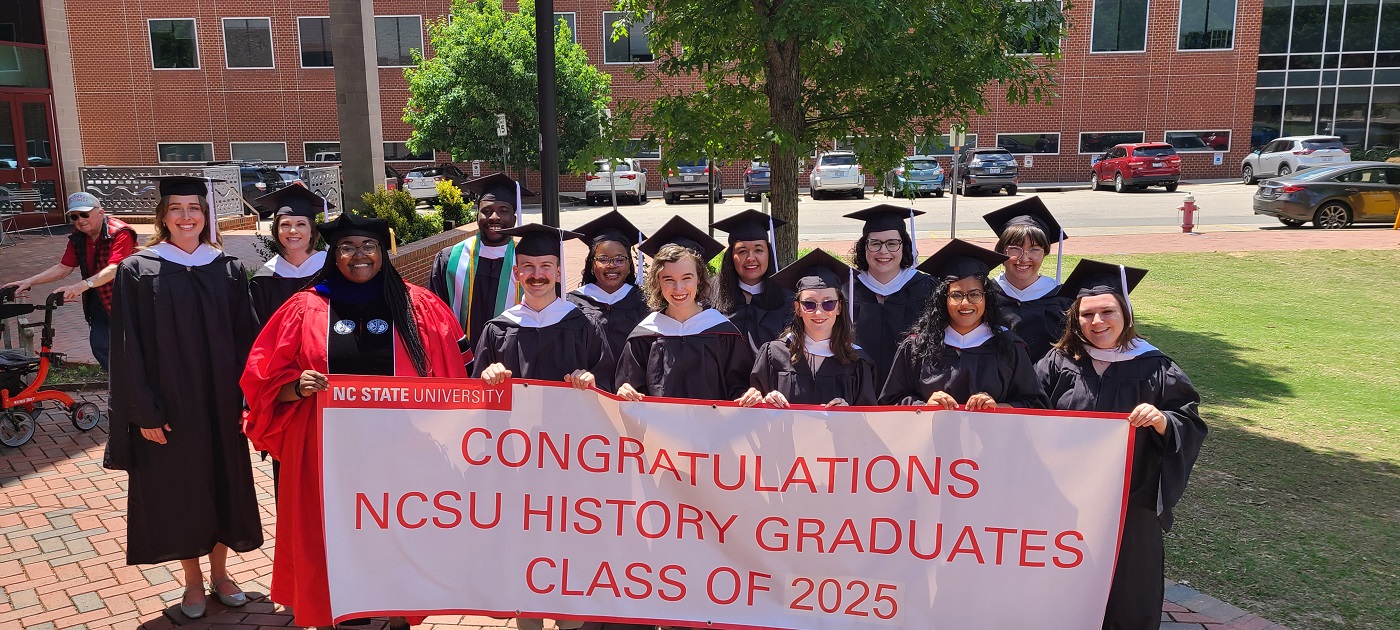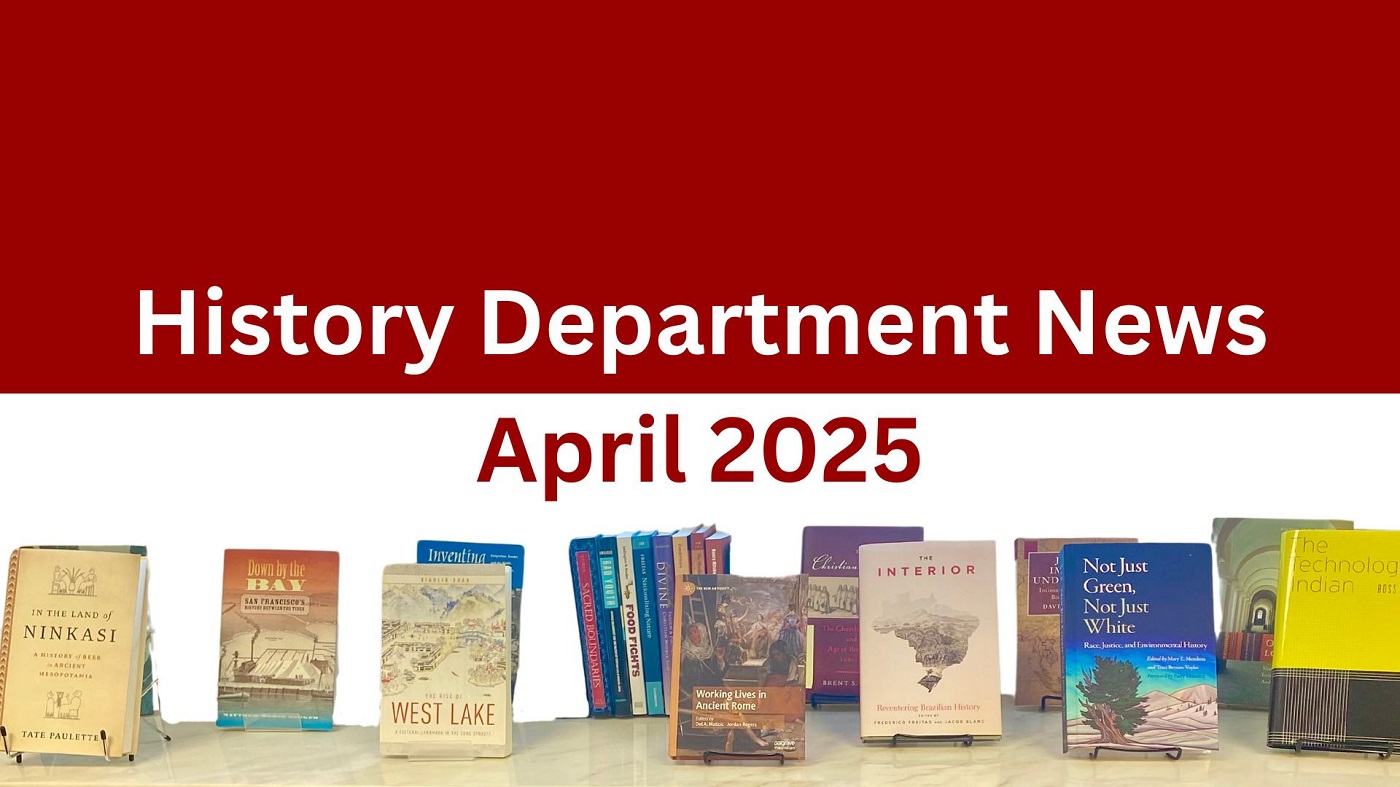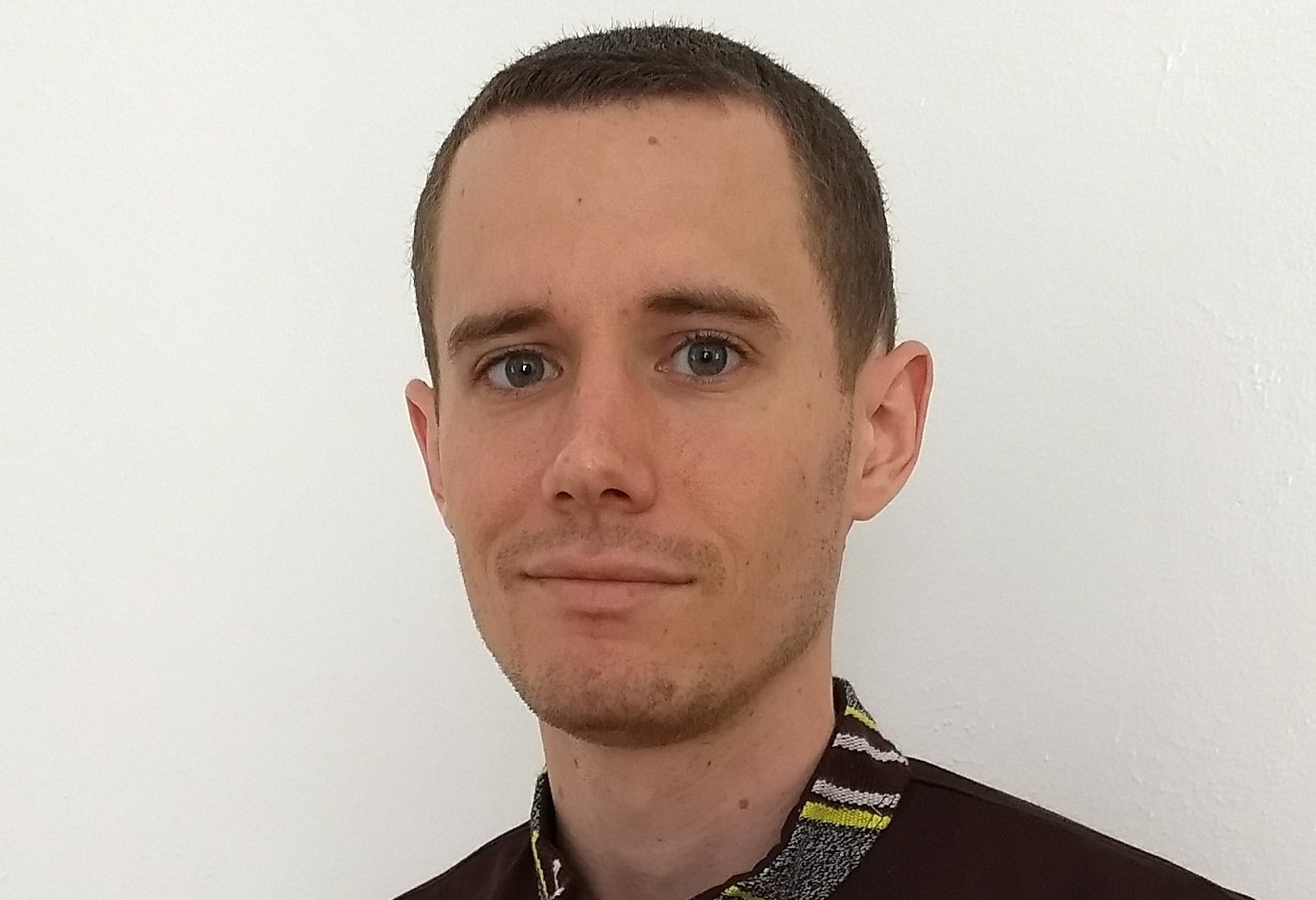Grad Students Represent NC State History Program at ASOR Annual Meeting
In November 2014, NC State graduate students studying Ancient History under the guidance of Professor Thomas Parker presented research at the 2014 Annual Meeting of the American Schools of Oriental Research (ASOR) in San Diego, California. This year’s meeting featured over five hundred paper and poster presentations on Near Eastern history and archaeology given by students and scholars from around the world.
Tiffany Key presented a paper entitled “Trade along the Wadi Arabah: A Ceramic Analysis of the Roman Castellum at ‘Ayn Gharandal.” Using primarily ceramic material recovered through extensive survey and excavation with the ‘Ayn Gharandal Archaeological Project (began in 2009), her paper situates the fourth century site in its larger civilian and military context. Her analysis shows that while both Petra and Aila were the primary contributors to the coarse ware material at Gharandal, the site also witnessed a wide variety of imports such as amphorae from Gaza and Egypt. Combined, the ceramic material at the site and its critical location along the major trade routes to Petra and Aila (Modern day Aqaba) suggests that ‘Ayn Gharandal was involved in policing and facilitating trade in the region. Read Tiffany’s paper on A&P: Antiquorum et Praesentis.
Pamela Koulianos gave a paper on the Late Antique trade of glass unguentaria in the Roman province of Egypt. The research for her paper included an intensive study of Provincia Aegytus during the Late Roman and Early Byzantine periods (fourth through sixth centuries CE). Her paper suggests that rather than the cession of unguentaria production in the Roman empire following the mid-third century crisis, there was a continuation and consolidation of its production and distribution in the large industrial centers like Alexandria. Watch Pam read her paper for ASORtv.
Sarah Wenner presented findings from the 2013-14 field seasons with the Udhruh Archaeological Survey in a paper entitled “Udhruh and its Hinterlands during the Nabataean and Roman Periods.” Her paper covers survey data collected by a joint Jordanian-Dutch team at the site of Udhruh (15 km east of Petra in southern Jordan) in order to examine how the Roman annexation of Nabataea in 106 CE impacted regional settlement in the Udhruh hinterland. Her initial results indicate that regional settlement began to intensify in the final years of the Nabataean kingdom but decreased after the annexation and throughout the Roman period (106 – 324 CE).
The focus of the 2014 ASOR meeting was Digital Humanities and Cyber-Archaeology. Graduate student Jesica Jayd Lewis attended the meeting in order to learn more about digital projects in ancient history. In the first installment of a series of posts, Jayd summarized three of the nine presentation sessions focused on digital work in her blog, A&P: Antiquorum et Praesentis. She plans on adding new posts over the next few weeks.
Representing the NC State History Department faculty, Dr. Parker, in a co-presentation with Dr. Megan Perry (East Carolina University), presented the most recent findings of the Petra North Ridge Project, and Helen Dixon, a postdoctoral scholar at NC State, presented her paper entitled “Exploring the Social Roles of Levantine Phoenician Women.”
The graduate students would like to give thanks to the NC State History Department for sponsoring the trip to ASOR’s 2014 annual conference. A special thanks to the Director of Graduate Programs, Dr. Susanna Lee, and the late Dr. Jonathan Ocko, who made travel funds available to graduate students.




- Categories:


